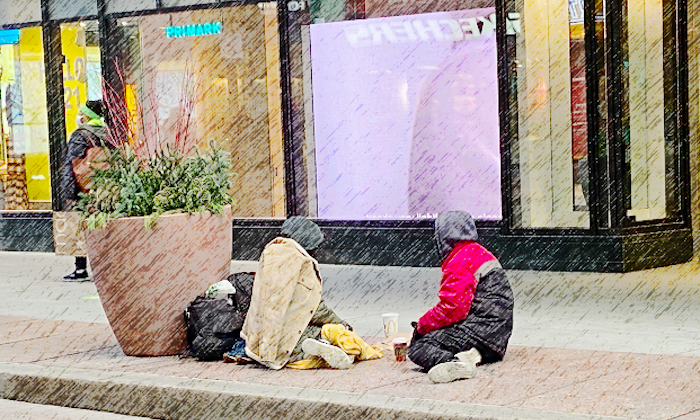Despite effective short-term measures, long-term homelessness persists in Mass
Joe Finn was beating a very different drum in November and December of 2020. At the time, the executive director of the Mass Housing and Shelter Alliance (MHSA) feared that Massachusetts would be short a few hundred beds this winter, causing many shelters to be in the difficult position of turning people away as the New England winter wore on.
“If you had been talking to me back in October, you would have been getting a much different song,” Finn said in mid-January.
Finn gave me the relative good news that, through hard advocacy work by anti-homelessness organizations, shelters are not turning people away this winter—even with the COVID pandemic raging, and with strict social distancing guidelines in place. Still, Finn cautioned, we are one bad storm away from a reality where that is not the case.
“I’m keeping my fingers crossed,” he said. “One bad stint of bad weather and we don’t know what might happen.”
People experiencing homelessness were impacted especially hard by the COVID-19 pandemic starting last March. At times there has been a 30-50% COVID positivity rate in shelters, and with lockdown and social distancing measures in place, they had less survival money coming in through passersby on the streets.
Also, because of the high positivity rate at shelters, many people chose the streets over shelters as spring turned to summer. Now it is winter, and roughing it in New England at this time of year is not an option. This issue of space at shelters is also an issue of life and death; a person experiencing homelessness froze to death in Montreal this month after being turned away from a shelter.
So far, in Boston alone, 12 people who have been experiencing homelessness have died from COVID-19, according to Boston Health Care for the Homeless. That number is a low estimate due to many factors, including that there is a lag between when someone dies and when the death is reported.
In Boston, Pine Street Inn does universal testing every two weeks, and rates have been between 1 and 2% as of late December. Still, Vicki Ritterband of Boston Health Care for the Homeless warns that positivity rates are on the rise in populations of folks experiencing homelessness, citing shelters that had 8% positivity rates.
Anti-homelessness advocates have tried to use the COVID-19 pandemic to highlight the urgency of the homelessness issue in Mass. For many of them, that means turning away from congregate forms of shelters, which were overcrowded before the pandemic, and transitioning to non-congregate forms of housing.
“I’m hopeful, thinking … there will be a movement towards non-congregate types of settings,” said Finn of MHSA. “What is so exciting about the non-congregate concept is … oftentimes, non-congregate shelter settings can be transformed eventually into housing as well.”




